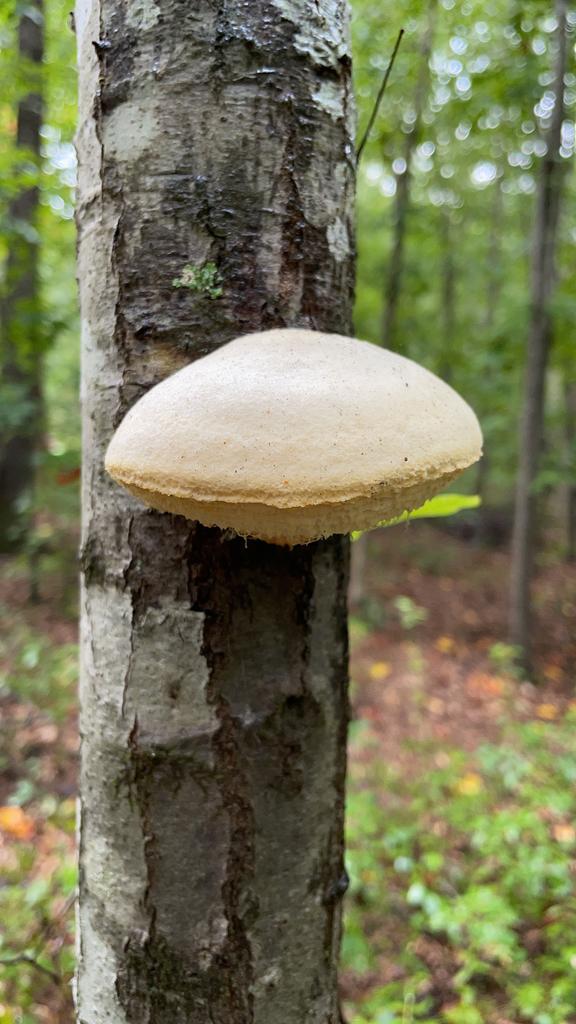More footage from the river, I think I like this one better than the first.
Tree Removal by Wade’s World
Ruby Bolete (Hortiboletus rubellus)

Hortiboletus rubellus, commonly known as the ruby bolete, is a small, dainty, brightly coloured member of the family Boletaceae, with a reddish cap and stipe, and yellow pores. Like many boletes, it stains blue when cut or bruised. It is found in deciduous woodland in autumn. There is some question over its edibility, and it is reportedly of poor quality with a taste of soap. Until 2015, the species was known as Boletus rubellus.
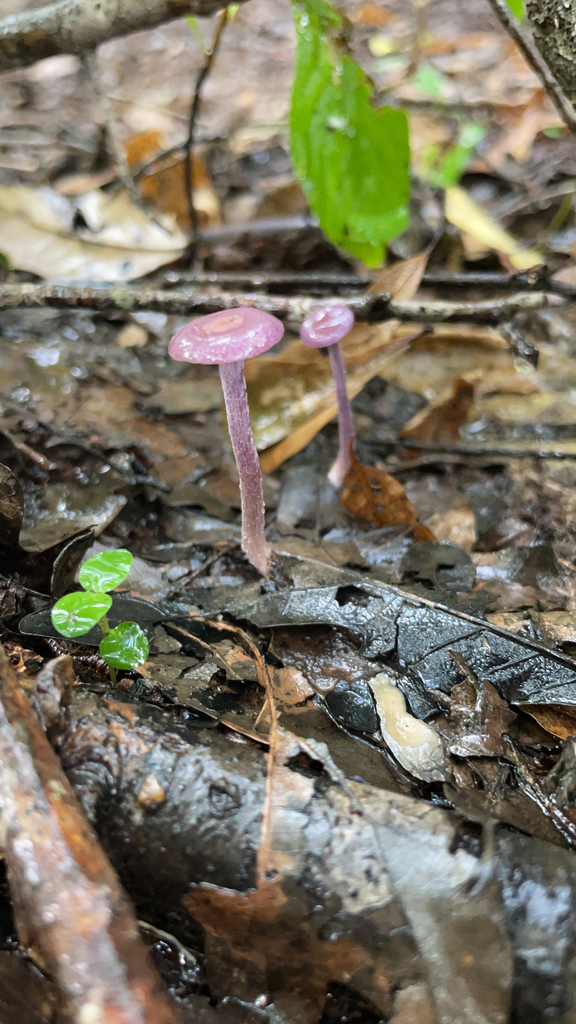
Laccaria amethystina, commonly known as the amethyst deceiver, is a small brightly colored mushroom, that grows in deciduous as well as coniferous forests. The mushroom itself is edible, but can absorb arsenic from the soil. Because its bright amethyst coloration fades with age and weathering, it becomes difficult to identify, hence the common name ‘Deceiver’. This common name is shared with its close relation Laccaria laccata that also fades and weathers. It is found
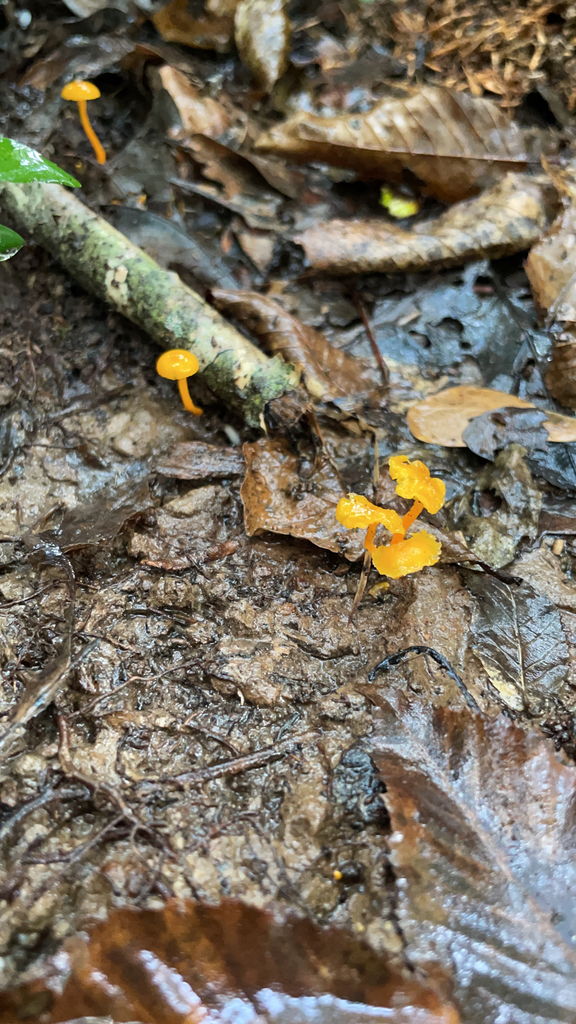
Cantharellus minor is a fungus native to eastern North America. It is one of the smallest of the genus Cantharellus, which includes other edible chanterelles. It is suspected of being mycorrhizal, found in association with oaks and moss. Recently, C. minor has been reported from semi-evergreen to evergreen forests in the Western Ghats, Kerala, India forming ectomycorrhizal associations with tree species like Vateria indica, Diospyros malabarica, Hopea
Ochre Jelly Club (Leotia lubrica)

Leotia lubrica, commonly referred to as a jelly baby, is a species of fungus in the family Leotiaceae. The species produces small fruit bodies up to 6 centimetres (2.4 in) in height, featuring a “head” and a stalk. Ochre with tints of olive-green, the heads are irregularly shaped, while the stalk, of a similar colour, attaches them to the ground. The appearance can be somewhat variable and is similar to a number of other species, including Cudonia…
birch polypore (Fomitopsis betulina)
Just having fun down by the river and getting more comfortable with flying this drone. I wish it has Ocusync instead of extended WiFi but it still does a pretty good job.
Carolina Sphinx (Manduca sexta)
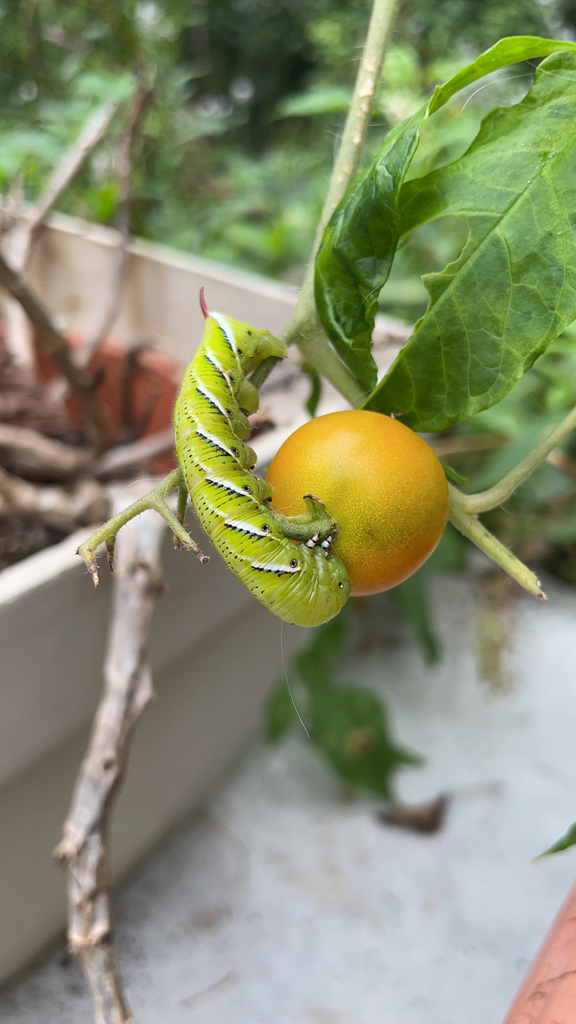
Manduca sexta is a moth of the family Sphingidae present through much of the American continent.

Pseudoclitocybe cyathiformis, commonly known as the goblet funnel cap, is a species of fungus in the Tricholomataceae family, and the type species of the genus Pseudoclitocybe. It was first described scientifically as Agaricus cyathiformis by Jean Baptiste François Pierre Bulliard in 1786, and later transferred to the genus Pseudoclitocybe by Rolf Singer in 1956. The fungus is found in North America and Europe.
Fairy Fingers (Clavaria fragilis)

Clavaria fragilis, commonly known as fairy fingers, white worm coral, or white spindles, is a species of fungus in the family Clavariaceae. It is synonymous with Clavaria vermicularis. The fungus is the type species of the genus Clavaria and is a typical member of the clavarioid or club fungi. It produces tubular, unbranched, white basidiocarps (fruit bodies) that typically grow in clusters. The fruit bodies can reach dimensions of 15 cm (5.9 in) t
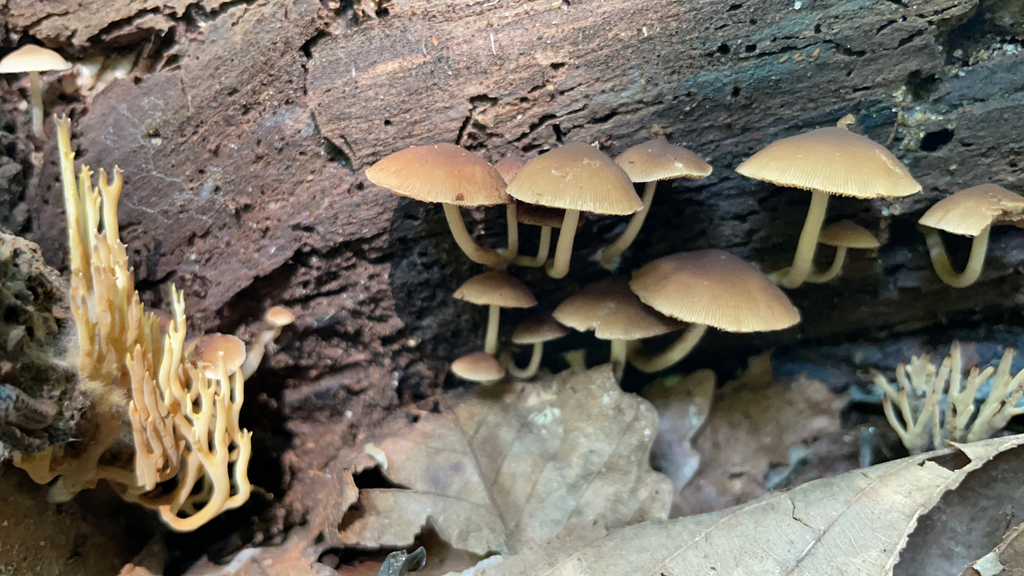
Psathyrella piluliformis is a species of agaric fungus in the family Psathyrellaceae. It produces fruit bodies (mushrooms) with broadly convex caps measuring 2–5 cm (0.8–2.0 inches) in diameter. The caps are chestnut to reddish brown, the color fading in age and with dry weather. The closely spaced Gills have an adnate attachment to the stipe. They are initially tan until the spores mature, when the gills turn dark brown. Fragments of the partial veil may remain on…
